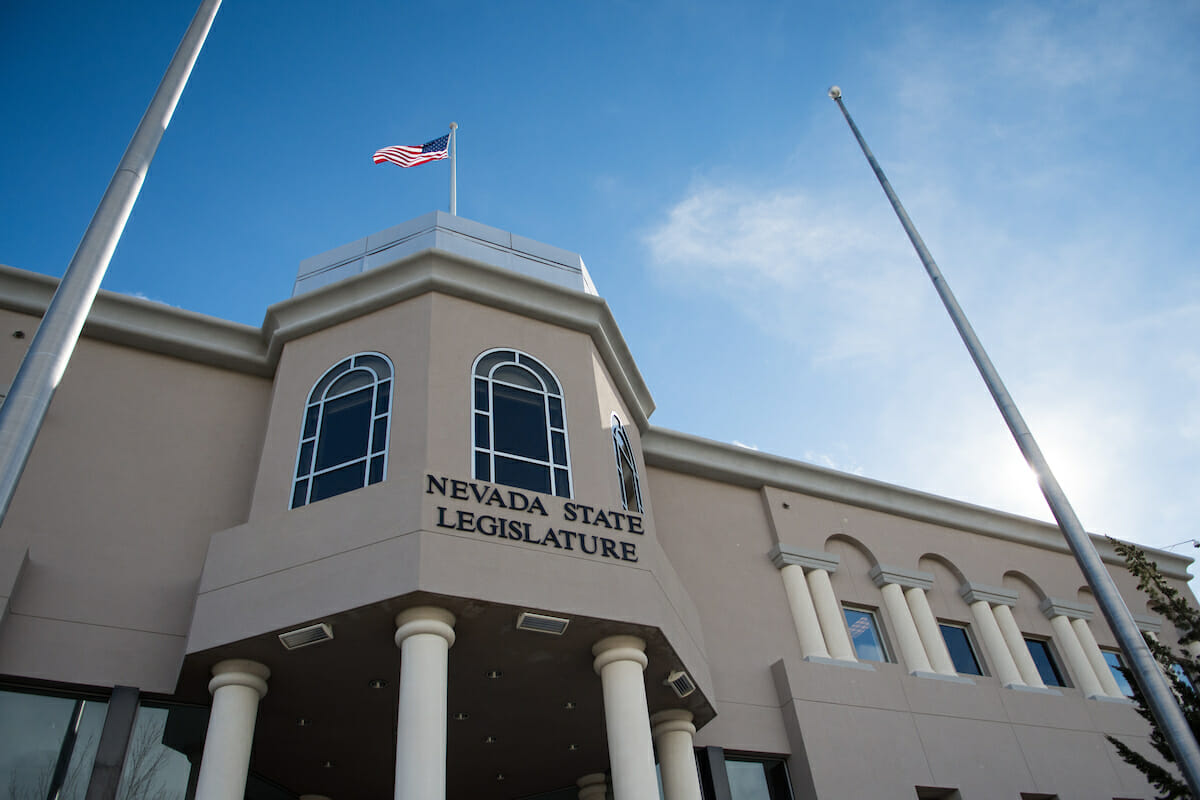Economic Forum: Nevada lawmakers have $140 million more to work with than they thought

Nevada legislators will have $95.7 million more than initially expected to spend on the state’s two-year budget after the state’s Economic Forum approved final revenue forecasts on Monday, plus more to work with in the current budget year.
Economists projected growth in all major revenue sources except the Live Entertainment Tax and sales tax relative to their December forecasts, saying the economic picture has noticeably improved even in the past five months. They also upgraded their projection for the current biennium, predicting the state will end the fiscal year with $44.2 million more than expected in December.
“If anything, things have improved,” state economist Bill Anderson said of how economic trends have fared since the group’s last meeting.
The forum, composed of five tax and financial experts from private industry, is given statutory authority to review and approve revenue projections for the state’s seven major taxation sources: sales and use tax, percentage fee tax on gaming revenues, insurance premium tax, modified business tax, cigarette tax, live entertainment tax and real property transfer tax.
The forecasted increases bringing total state revenue for the 2017-19 biennium up to $7.89 billion after applying tax credits. The updated revenue figures marked an approximate 1.2 percent bump in tax revenue since the December forecast.
Lawmakers have been operating off a December forecast of how the state’s tax streams will perform in the upcoming biennium. Nevada’s Constitution requires a balanced budget in which the state doesn’t spend more than it expects to bring in.
The extra money in the 2017 fiscal year can be used for one-shot spending in the current year, or can boost the ending fund balance and carry over into the next biennium, depending on how lawmakers decide to use it.
Here’s our tracker of how the new projections for some of the major revenue sources compare with the December projections on which Sandoval based his original, $8.1 billion budget:
CHART:

